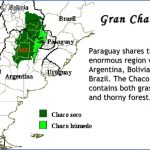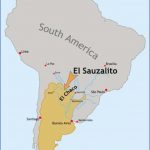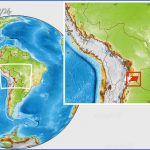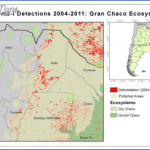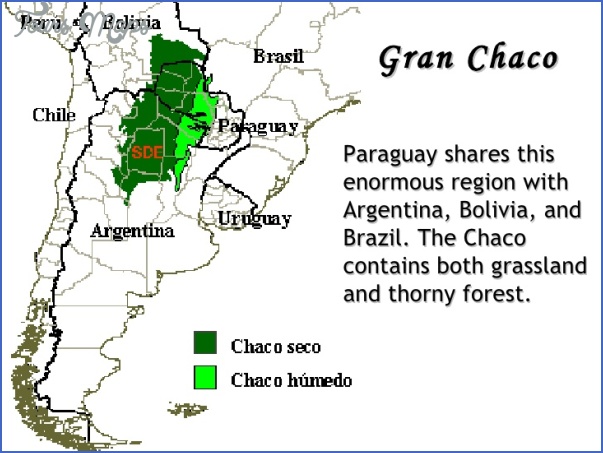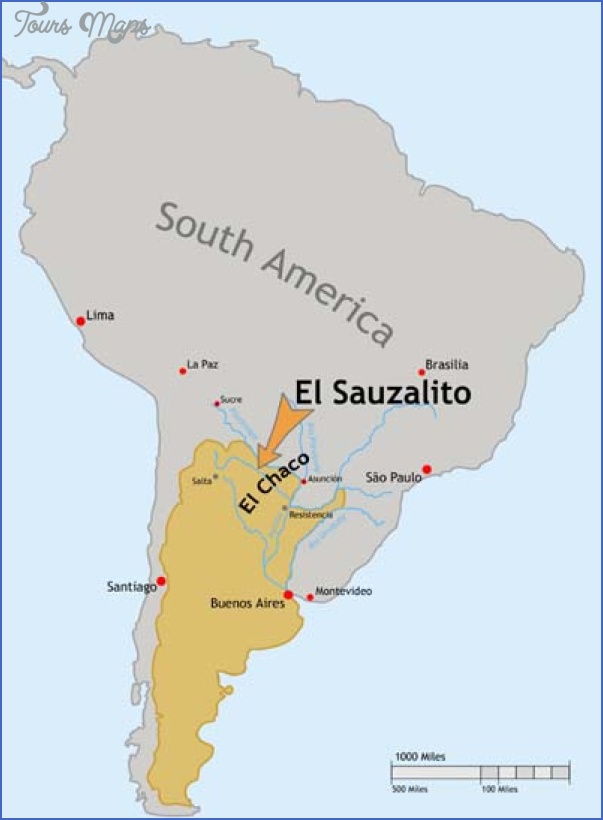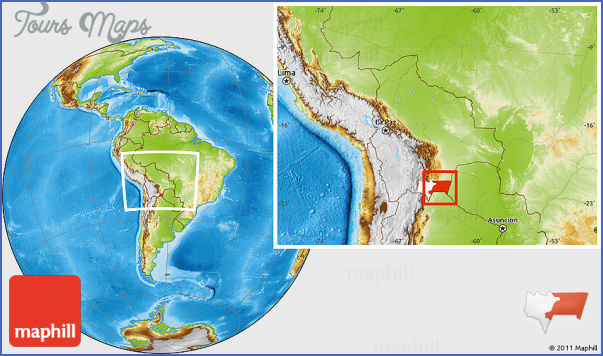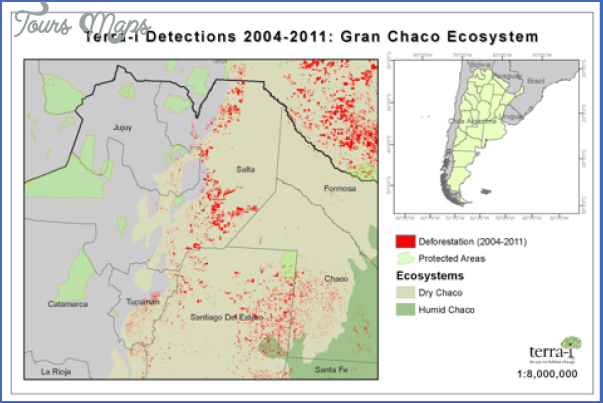Government & Politics
In accordance with the 1992 constitution, Paraguay is officially known as a presidential republic. Presidents are elected to a five-year term and cannot stand for re-election. The Congress is made up of two chambers – an eighty member Camara de Diputados (Chamber of Deputies) and a forty-five member Camara de Senadores (Senate). Each of Paraguay’s seventeen administrative regions, known as departamentos (departments) is run by the regional government or gobernacion. The departments are subdivided in to municipalities or municipalidades that correspond to the region’s larger towns.
Traditionally, the two most important parties have been the Liberal (Partido Liberal Radical Autentico – PLRA) and Colorado (Asociacion Nacional Republicana – ANR) parties with other parties such as UNACE, Partido Patria Querida, and Movimiento Popular Tekojoja gaining ground in the years after the Stroessner dictatorship.
Red vs. Blue
The longstanding rivalry between the Liberal and Colorado parties pops up even in seemingly apolitical settings. In a way, this rivalry plays out like those between the country’s soccer clubs with each side boasting its own signature songs and colors. The official polkas for both parties ring out not only at political rallies but weddings and quinceneras too. The signature color of the Liberal party is blue, while Colorado party members proudly sport red. Across the country, houses and even tombstones are painted blue or red to indicate their inhabitants’ political allegiance. The only force strong enough to supersede these loyalties is the patriotic sentiment inspired by the national soccer team. During game days, everyone can be seen sporting their albirroja jerseys, which are white and red.
Economy
Paraguay’s economy thrives on agriculture, with citizens both rich and poor literally living off the land. The majority of the country’s rich elite make their living off cattle ranches and large-scale farms producing soy, sugar, cotton, and other cash crops. Paraguay’s rural poor dedicate themselves to small-scale farming or labor with the poorest surviving off subsistence farming. Some of Paraguay’s key agricultural exports include beef, yerba mate, soy, and stevia.
Campesinos
Members of Paraguay’s rural farming class are known as campesinos, derived from the word campo, which means field or countryside. Campesinos face many obstacles such as lack of education, training and little access to credit. Most are able to grow enough food to meet basic nutritional needs on a plot of land (either owned or rented) due to the fertility of the soil. This widespread living condition is known as mboriahu ryguata, which in Guaram means poor with a full stomach. Unfortunately, for many, urban migration has damaged this safety net.
While there is very little industry, Paraguay is making the most of its river systems with two large hydroelectric plants, Itaipu and Yacyreta, built in conjunction with Brazil and Argentina, respectively. Profits from the hydroelectric plants make up over three percent of Paraguay’s GDP and are distributed throughout the national and local governments in payments known as royalties?’
Paraguay has an active informal economy. Many people make a living through cottage industries. Some are middlemen while others sell their own crafts and products. Illegally trafficked goods have long given Paraguay an economic edge over its neighbors. Weak and susceptible borders allow everything from fuel to cooking oil, electronics, tobacco, meat, and poultry to easily be smuggled in to the country. It is not uncommon to see both contraband and counterfeit goods for sale on the street and in shops. Ciudad del Este, in particular, is known for its high volume of smuggled merchandise.
As a landlocked country, Paraguay has always been at the mercy of its neighbors’ willingness to allow Paraguay’s products to enter or pass through their territories. Paraguay’s membership in
Mercosur (Mercado Comun del Sur), a free trade organization founded by Brazil, Argentina, Paraguay, and Uruguay in the 1990’s, opened a large market for Paraguayan goods both to Mercosur’s members and to other countries that have trade agreements with Mercosur. In addition to trade benefits, citizens of Mercosur member countries enjoy the freedom to travel, work, and study in other Mercosur member countries without many restrictions. However, within Paraguay there are always complaints that economic powerhouses Brazil and Argentina truly call the shots, especially because Mercosur’s main objective to eliminate all custom duties and restrictions within Mercosur has not yet been realized.
Ka’a He’e – Paraguay ‘s Sweet Spot
Discovered in 1899 by Swiss botanist Moises Bertoni (see Moises Bertoni), the stevia plant (Stevia Rebaudiana Bertoni) has recently become a significant export for Paraguay. Three hundred times sweeter than sugar, the plant lives up to its given Guaram name Ka’a He’e, meaning sweet plant. Advocates tout its natural sweetening qualities and viability as a sugar substitute for diabetics. In 2008, Coca-Cola and Pepsi announced future intentions to use ka’a he’e to sweeten their products instead of aspartame. Paraguay is beginning to capitalize on the growing demand for ka’a he’e worldwide with the establishment of several large-scale processing plants throughout the country. Ka’a he ‘e is available commercially as both a powder and a liquid.
Gran Chaco Map Photo Gallery
Maybe You Like Them Too
- The Best Cities To Visit in The World
- World’s 10 Best Places To Visit
- Coolest Countries in the World to Visit
- Travel to Santorini, Greece
- Map of Barbados – Holiday in Barbados

